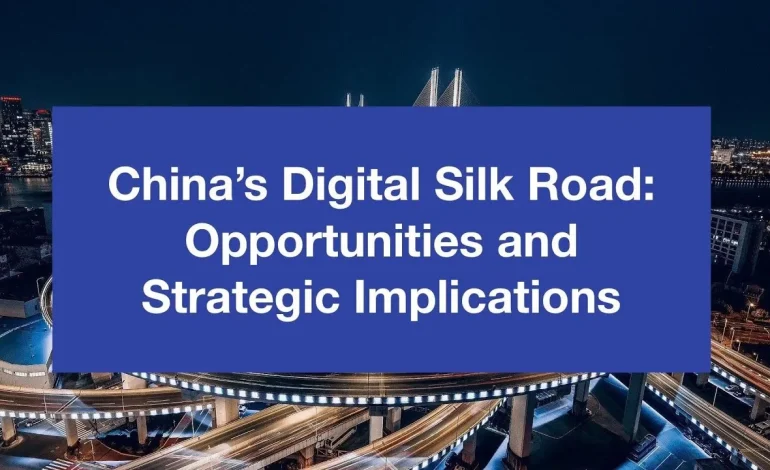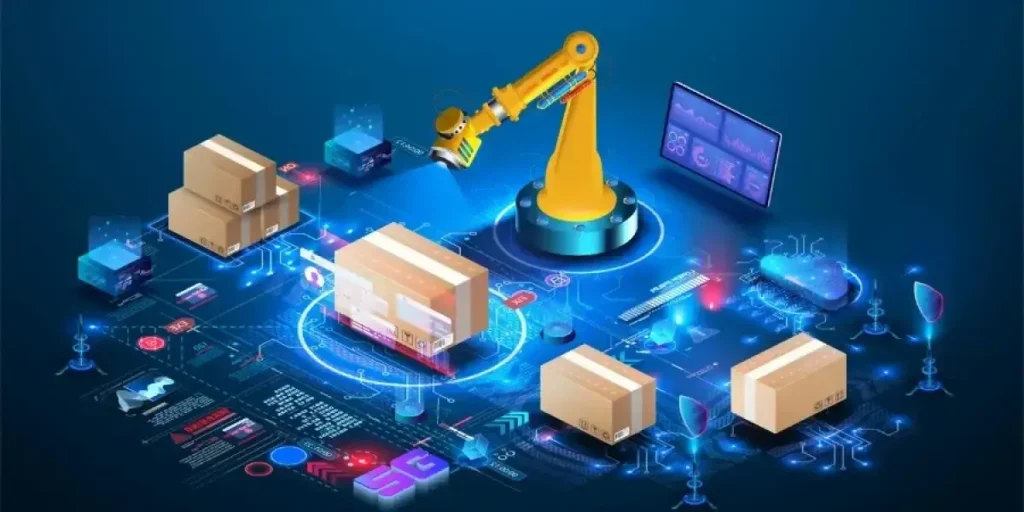The Belt & Road Initiative Goes Digital: China’s “Digital Silk Road”

The Belt & Road Initiative (BRI), originally conceived as a massive infrastructure and trade strategy, has evolved to include a significant digital component, often referred to as the “Digital Silk Road.” This new dimension leverages cutting-edge technologies such as 5G, cloud computing, blockchain, and digital payment systems to enhance connectivity, efficiency, and economic integration among participating countries. By promoting digital infrastructure alongside traditional transport and energy networks, China is expanding the scope of its global influence and offering a model for technology-driven development that complements its physical investments.
Strategic Objectives of the Digital Silk Road
The Digital Silk Road (DSR) aims to achieve multiple objectives simultaneously: strengthen global trade connectivity, promote technology adoption, and enhance digital governance across partner countries. Key priorities include the deployment of high-speed communication networks, cross-border e-commerce platforms, and digital financial services. By enabling secure and efficient data exchange, China facilitates smoother trade, supports logistics optimization, and encourages investment in emerging markets. These efforts align with broader national goals of fostering innovation, enhancing competitiveness, and extending China’s technological standards to a global audience.
Infrastructure Development and Technology Deployment
The backbone of the Digital Silk Road is a network of digital infrastructure projects strategically located across Asia, Africa, Europe, and Latin America. Initiatives include the construction of fiber-optic networks, 5G base stations, data centers, and cloud computing facilities. By partnering with local governments and private enterprises, China provides the technical expertise and investment required to deploy these systems. In addition, smart ports, logistics hubs, and cross-border e-commerce platforms are integrated into the network, allowing for real-time tracking of goods, secure transactions, and improved supply chain efficiency.
Blockchain and Digital Trade Facilitation
Blockchain technology plays a crucial role in the Digital Silk Road by enabling secure, transparent, and traceable transactions. Cross-border trade platforms utilize blockchain-based ledgers to track the origin, movement, and payment of goods, reducing fraud and increasing trust among trading partners. Smart contracts automate the execution of agreements, streamlining procurement, customs clearance, and payment settlement. These innovations not only accelerate trade processes but also provide participating nations with reliable data for policy formulation, financial oversight, and economic planning.
Digital Financial Inclusion and Payment Systems
Digital payment systems are another cornerstone of the DSR. By promoting the adoption of mobile wallets, digital currencies, and cross-border fintech solutions, China facilitates financial inclusion in regions where traditional banking infrastructure is limited. Pilot programs for the Digital Yuan have been extended to some partner countries, enabling secure and efficient transactions without the need for intermediaries. These initiatives also encourage local entrepreneurs and small businesses to engage in international trade, fostering economic growth while integrating emerging markets into a broader digital economy.
Human Capital and Knowledge Transfer
Beyond physical infrastructure, the Digital Silk Road emphasizes human capital development and knowledge transfer. Training programs, technical workshops, and collaborative research initiatives help equip local professionals with skills in network management, cybersecurity, blockchain applications, and data analytics. Partnerships with universities and technology centers foster innovation hubs capable of sustaining and expanding digital capabilities. By investing in education and technical expertise, China ensures the long-term sustainability of the Digital Silk Road while promoting a collaborative approach to technological development.
Geopolitical and Economic Implications
The Digital Silk Road has significant geopolitical and economic implications. By exporting digital infrastructure and standards, China strengthens its influence in partner countries, shaping technology adoption and regulatory frameworks. Economically, the DSR opens new markets for Chinese technology firms, enhances global supply chain resilience, and stimulates trade flows. For participating nations, access to advanced technology and digital networks accelerates modernization, though it may also increase dependence on Chinese systems and standards. Global observers closely monitor these developments to assess shifts in regional influence, technological dominance, and trade dynamics.
Challenges and Risk Mitigation
Despite notable achievements, the Digital Silk Road faces challenges including cybersecurity risks, regulatory complexities, and political sensitivities. Ensuring data privacy, preventing cyberattacks, and harmonizing cross-border digital regulations require ongoing collaboration between China and partner countries. Infrastructure financing and project management also pose hurdles, particularly in regions with limited administrative capacity. Addressing these challenges involves transparent governance, risk assessment, and adaptive strategies to balance technological advancement with sovereignty concerns and long-term viability.
Conclusion: A New Era of Connectivity
The Digital Silk Road represents a transformative approach to global trade and technology integration. By combining digital infrastructure, blockchain applications, and financial innovation, China extends its influence while promoting economic development and connectivity among partner countries. The initiative not only accelerates trade efficiency and modernizes industrial ecosystems but also provides a blueprint for how emerging technologies can reshape international collaboration. As the Digital Silk Road continues to expand, its impact on global digital governance, economic integration, and technological adoption will likely grow, shaping the future of international commerce and innovation.







